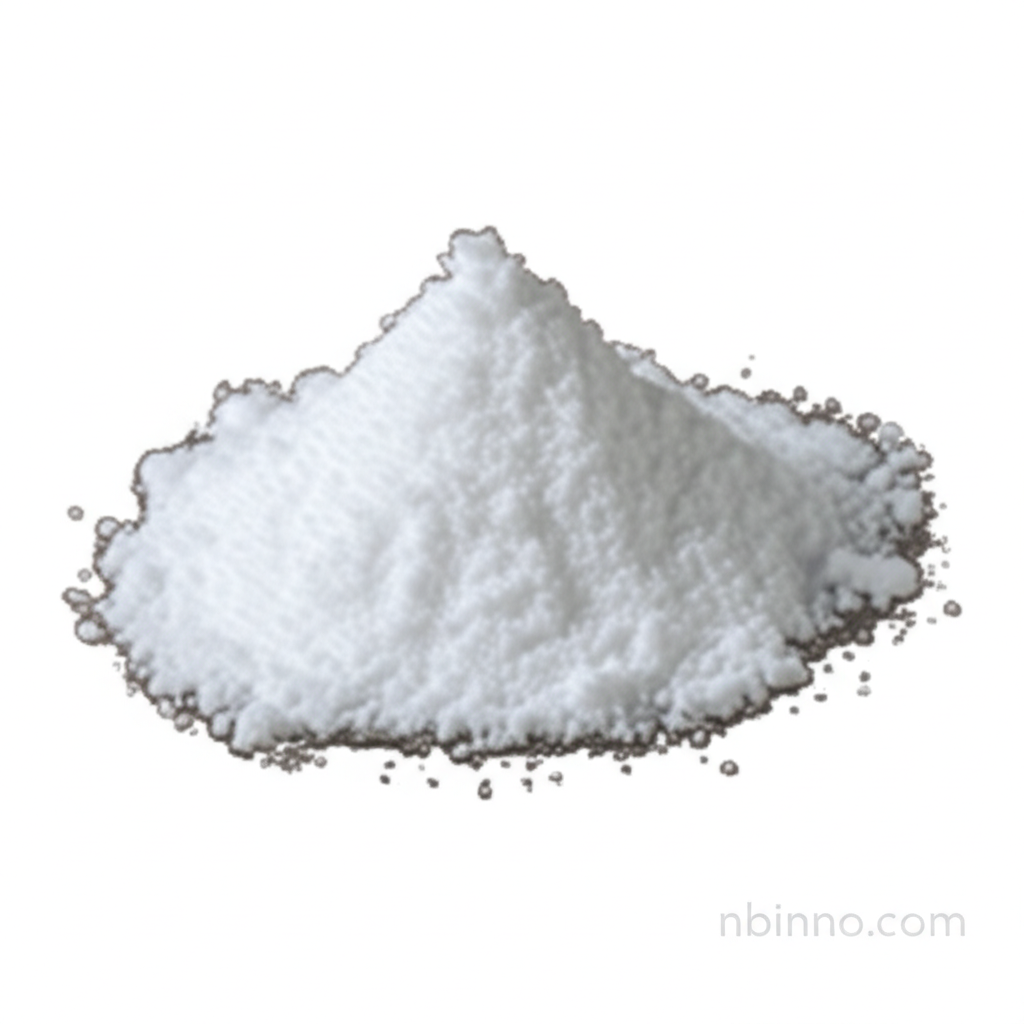Understanding 2-Bromo-L-phenylalanine: Synthesis, Applications, and its Role in Biochemical Research
Explore the synthesis, applications, and research significance of this crucial amino acid derivative.
Get a Quote & SampleProduct Core Value

2-Bromo-L-phenylalanine
2-Bromo-L-phenylalanine is a vital amino acid derivative extensively used in pharmaceutical development, protein engineering, and biochemical research. Its unique chemical structure, featuring a bromine atom on the phenyl ring, enhances its reactivity and makes it a powerful tool for scientists.
- 2-Bromo-L-phenylalanine chemical synthesis plays a crucial role in providing this essential compound for research and development applications.
- As a non-canonical amino acid in protein engineering, it allows for the precise modification of protein structures and functions.
- Its application in enzyme inhibitor research aids in understanding metabolic pathways and developing targeted therapeutic strategies.
- In neuroscience research applications, it helps investigate neurotransmitter systems and their impact on cognitive functions and mood.
- The compound serves as a key pharmaceutical development building block for novel drugs, especially those targeting neurological disorders.
Key Advantages
Enhanced Reactivity
The bromine substituent on the phenyl ring of 2-Bromo-L-phenylalanine significantly enhances its chemical reactivity, making it a valuable tool for complex synthetic procedures and research endeavors.
Versatile Research Tool
Its ability to act as a selective enzyme inhibitor and its role in studying metabolic pathways and protein interactions makes it a versatile component in biochemical research.
Drug Design Enabler
As a building block for novel therapeutic agents, particularly those addressing neurological disorders, 2-Bromo-L-phenylalanine is instrumental in advancing drug discovery and design.
Key Applications
Pharmaceutical Development
2-Bromo-L-phenylalanine is a critical building block for synthesizing novel pharmaceuticals, offering enhanced therapeutic potential, especially for neurological conditions.
Protein Engineering
Its use as a non-canonical amino acid enables precise modifications to protein structures and functions, advancing research in tailored protein design.
Biochemical Research
This compound is employed in studies of enzyme activity and inhibition, providing crucial insights into metabolic pathways and aiding in the development of new inhibitors.
Neuroscience Studies
Its application in neuroscience research facilitates the investigation of neurotransmitter systems, contributing to a better understanding of conditions like depression and anxiety.
